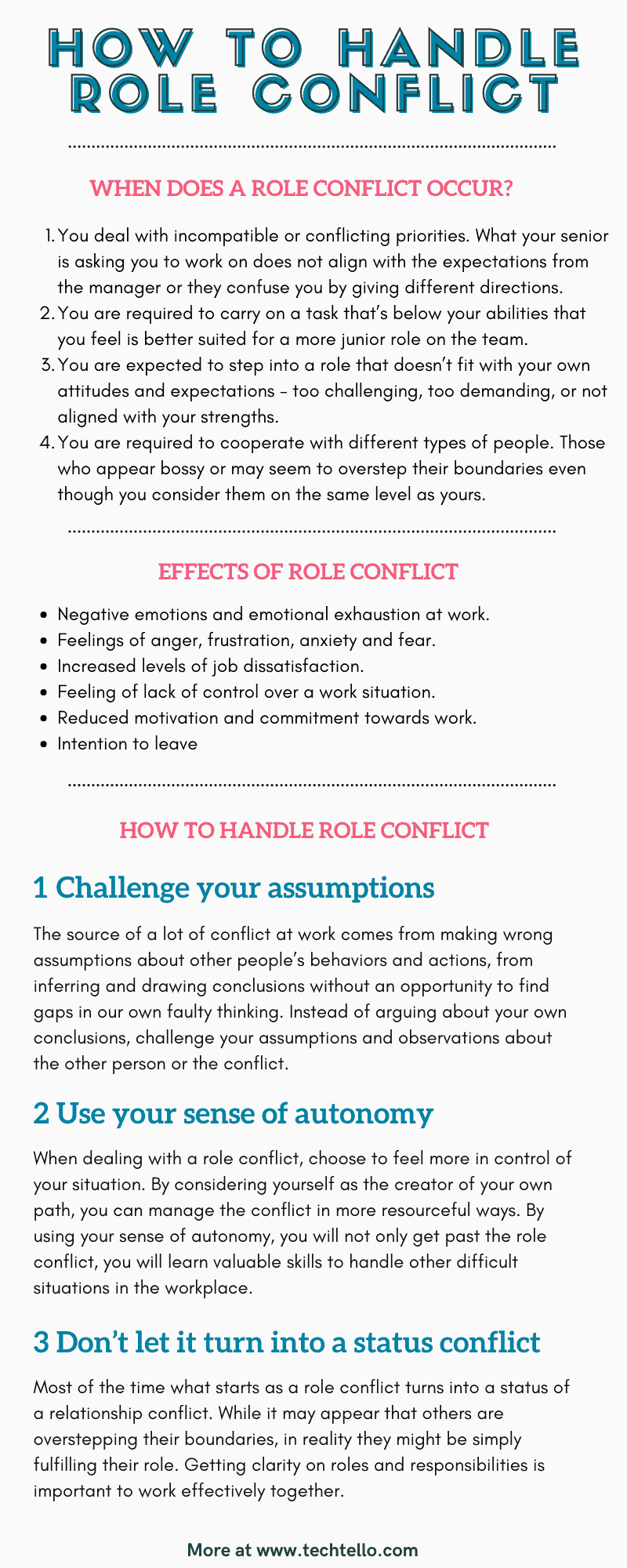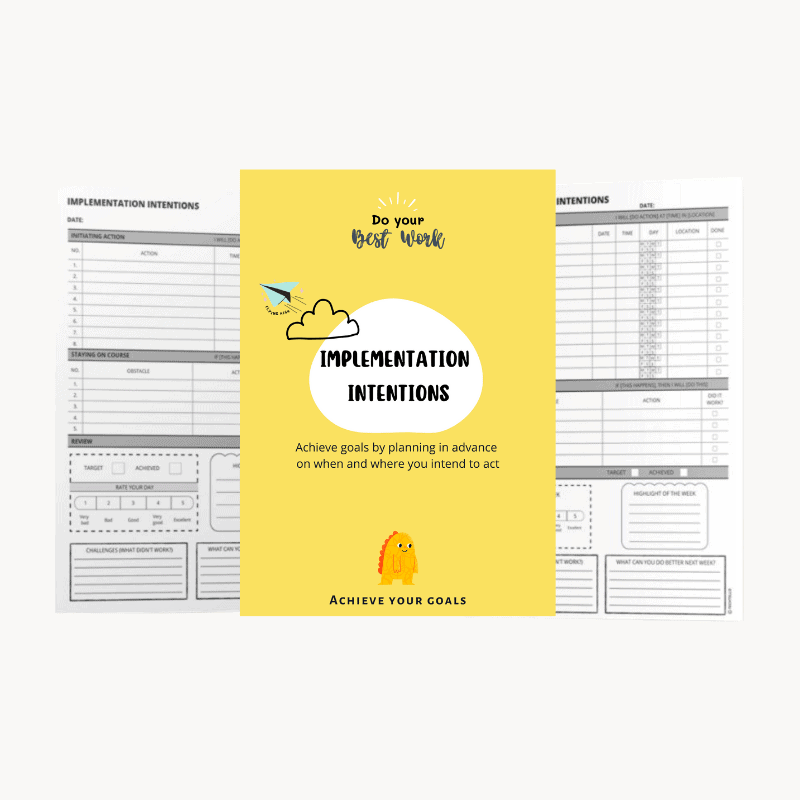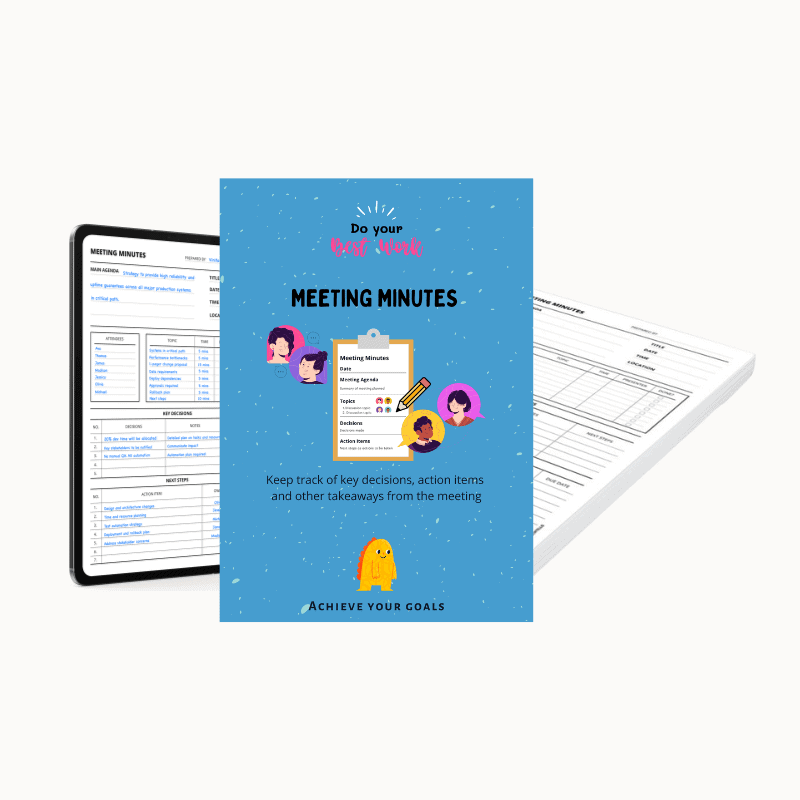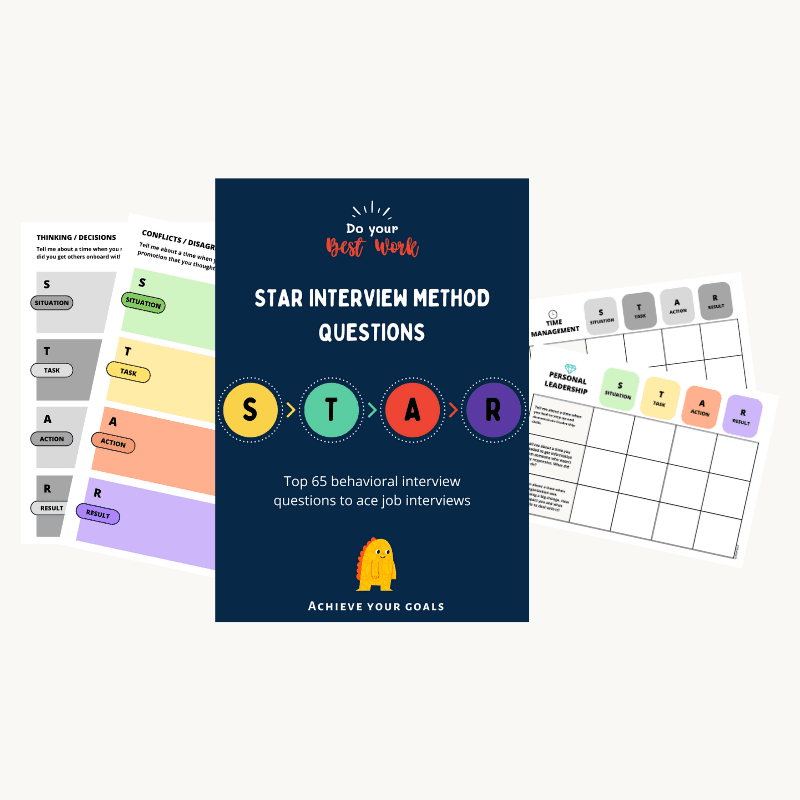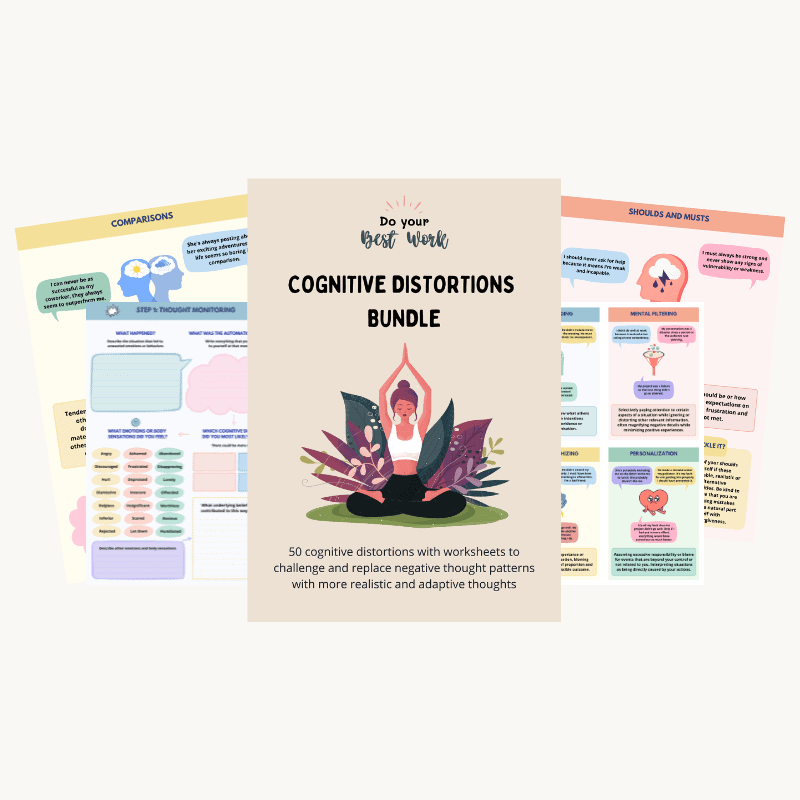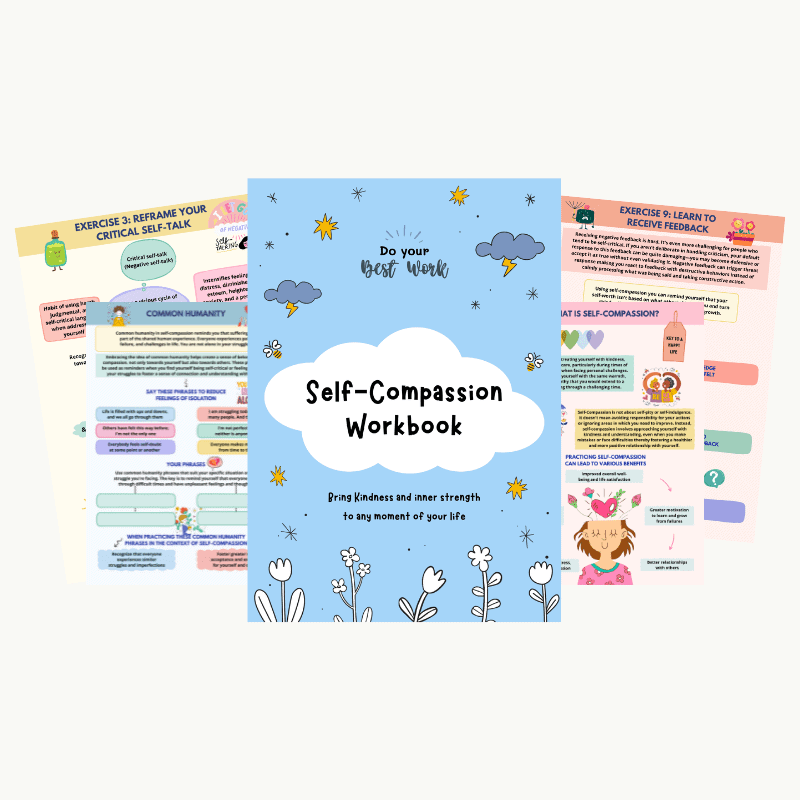We Need to Talk: The Science of Productive Role Conflict

My first major encounter with a role conflict occurred when I took on a team lead role. It was a critical project that required integration across multiple teams and functions and consisted of a few senior people who were pulled in temporarily from other teams to help meet the delivery timelines. While we were all responsible for implementation, I was additionally required to strategize, plan and coordinate the entire deliverable. That’s where things got a little bit complicated.
My role to successfully deliver the project conflicted with the expectation to manage people who were senior to me:
- How can I assign work to people who are senior to me?
- How can I ask them for a timeline? What if asking for timelines signifies that I doubt their expertise? What if they find it rude or unnecessary?
- What’s the right way to follow-up?
- What kind of questions can I ask without sounding judgmental or opinionated?
I constantly worried about every small thing concerning them. Cooked up potential conflicts in my mind and spent a large part of my time and energy avoiding the conflict instead of using that energy into managing the project effectively.
That left me stressed out, anxious and ruminating about my decisions. Instead of sitting down with my team and proactively discussing my role on the project, aligning expectations and defining how we can collaborate and work together as a team, I secretly hoped that things would get magically better with time. But, instead of a way out of the conflict, I found myself tangled in its messiness.
Neither did I have the maturity nor the experience at the time to know that conflict at work is not a thing to be avoided. Rather learning to deal with a role conflict or as a matter of fact any conflict at work can be a very useful skill to build.
These types of scenarios aren’t unusual in the workplaces. Here are the two most common examples of role conflict at work:
A senior member of the team assigns a bunch of tasks to the more junior members which are not in alignment with the expectation from the manager. If the junior employees don’t know how to deal with this role conflict, they may end up signing up for more tasks than they can fulfil leading to stress, burnout and mediocre performance. In such situations most people end up evaluating the conflict in their mind while doing nothing to resolve it:
- Should I speak to my manager about it?
- Can I tell my senior that my hands are full?
- If I try to speak to them, will they consider me lazy and irresponsible?
- Am I expected to do both?
Another common role conflict occurs when a team lead assumes the role of a manager in the absence of one. While their formal title designates them as a team lead, they take on all the responsibilities of the manager doing one-on-one meetings, performance reviews, delivery management and so on.
- People in the team are conflicted. How are they supposed to treat her?
- Team lead is torn between playing the role of a coworker and a manager. How should I act?
- What if the work doesn’t even align with the team leads expectations? What if they want to continue on the individual contributor path and do not want to grow into a manager some day?
People step into these roles based on the need of the hour and continue on the path without taking time to sort things out. Their responsibilities multiply and so does the conflict.
Effects of role conflict
Today’s workplaces demand working with people from different backgrounds, beliefs, attitudes and work habits. A role conflict typically occurs when:
- You deal with incompatible or conflicting priorities. What your senior is asking you to work on does not align with the expectations from the manager or they confuse you by giving different directions.
- You are required to carry on a task that’s below your abilities that you feel is better suited for a more junior role on the team.
- You are expected to step into a role that doesn’t fit with your own attitudes and expectations – too challenging, too demanding, or not aligned with your strengths.
- You are required to cooperate with different types of people. Those who appear bossy or may seem to overstep their boundaries by telling you what to do even though you consider them on the same level as yours.
Effects of the role conflict can vary from person to person. While some learn to deal with the friction that comes with a role conflict and thrive by staying positive and seeking measures to counteract it, others stop functioning and stop being productive by choosing to stay with stress and resentment.
In Crucial Conversations, Kerry Patterson writes about the one thing that separates them “When it comes to risky, controversial, and emotional conversations, skilled people find a way to get all relevant information (from themselves and others) out into the open. That’s it. At the core of every successful conversation lies the free flow of relevant information. People openly and honestly express their opinions, share their feelings, and articulate their theories.”
Research shows that role conflict is negatively related with job satisfaction. When you don’t know how to handle role conflict, it can lead to:
- Negative emotions and emotional exhaustion at work.
- Feelings of anger, frustration, anxiety and fear.
- Increased levels of job dissatisfaction.
- Feeling of lack of control over a work situation.
- Reduced motivation and commitment towards work.
- Intention to leave
What can you do to increase your productivity and general well-being when dealing with a role conflict?
Master Difficult Conversations
Engage in healthy dialogue, build stronger relationships and achieve a better outcome.
How to handle role conflict
1. Challenge your assumptions and observations
What may seem like a role conflict at first could also be a clash of cultural values or difference of personality traits. It’s also possible that your interpretation of what’s being said or done is way off from the original intent.
The source of a lot of conflict at work comes from making wrong assumptions about other people’s behaviors and actions, from inferring and drawing conclusions without an opportunity to find gaps in our own faulty thinking.
The idea fits the ladder of inference developed by Chris Argyis in the 1970’s. He describes it this way. Imagine your views up on a ladder from observations to assumptions to conclusions.
- At the bottom of the ladder are specific observations you make about the other person. Your observation could be that your team lead assigns you more work and complex tasks which makes you work longer and harder.
- Then you walk up the ladder and turn your observations into assumptions. In the previous example, you assume that they try to make your life difficult on purpose.
- Once this happens multiple times, the role conflict escalates and you finish climbing the ladder to make a conclusion. You conclude that your team lead behaves this way to show her power and establish her authority as a senior person.
- Then every small observation translates into the same exaggerated generalization about their behavior. It turns into a belief “She is always like this…” You now act around that person based on that belief.
What appears to be an act of power or authority could be an intent to help you get better at your job. What if they find you capable and trust you more with the tough assignment? What if they appreciate your good problem solving skills? What if they don’t even realize that you have more work than you can handle? What if they can’t see the stress that you feel when you have to work long hours?
If you do not make an attempt to clarify your generalization, you may lose an opportunity to correct it. Exploring a different spin on your narrative can help you interpret their actions differently. Once you see how their actions are aligned with your own well-being, you can take steps to build a better relationship with them leading to improved collaboration.
As Douglas Stone writes in Difficult Conversations “Often we go through an entire conversation – or indeed an entire relationship – without ever realizing that each of us is paying attention to different things, that our views are based on different information. The single most important thing [you can do] is to shift [your] internal stance from “I understand” to “Help me understand.” Everything else follows from that. Remind yourself that if you think you already understand how someone feels or what they are trying to say, it is a delusion. Remember a time when you were sure you were right and then discovered one little fact that changed everything. There is always more to learn.”
He adds “Intentions are invisible. We assume them from other people’s behavior. In other words, we make them up, we invent them. But our invented stories about other people’s intentions are accurate much less often than we think. Why? Because people’s intentions, like so much else in difficult conversations, are complex. Sometimes people act with mixed intentions. Sometimes they act with no intention, or at least none related to us. And sometimes they act on good intentions that nonetheless hurt us.”
When dealing with a role conflict:
- Instead of arguing about your own conclusions, challenge your assumptions and observations about the other person or the conflict.
- Instead of passing judgment, share your opinion and invite others to share it too.
- Instead of expecting others to change, improve your own communication.
2. Use your sense of autonomy
When a person is autonomously motivated, they are better equipped to deal with a role conflict. They are more likely to use effective problem solving strategies, like actively seeking the information required to resolve the conflict.
However, when the feeling of autonomy is missing from the equation, a role conflict may lead to adopting passive problem solving strategies like denial, withdrawal, frustration and rationalization. Unresolved conflict and the feeling that you can’t do much about it can lead to stress, anxiety and low levels of job satisfaction.
What does this mean?
When dealing with a role conflict, choose to feel more in control of your situation. By considering yourself as the creator of your own path, you can manage the conflict in more resourceful ways. You can employ effective conflict resolution strategies like asking for information, seeking alternate viewpoints, trying to be persistent, staying creative about the different strategies, and most importantly shifting your mindset from seeing the role conflict as an obstacle preventing you from getting the job done to viewing it as an opportunity to build new skills.
As Ryan Holiday writes in The Obstacle Is the Way “You will come across obstacles in life—fair and unfair. And you will discover, time and time again, that what matters most is not what these obstacles are but how we see them, how we react to them, and whether we keep our composure. You will learn that this reaction determines how successful we will be in overcoming—or possibly thriving because of—them.”
By using your sense of autonomy, you will not only get past the role conflict, you will learn valuable skills to handle other difficult situations in the workplace.
3. Don’t let it turn into a status or relationship conflict
Most of the time what starts as a role conflict turns into a status of a relationship conflict. You may start avoiding the other person, feel uncomfortable in their presence, try to put them down, or look for opportunities to prove your status.
A role conflict can turn into a status conflict when people don’t have clear roles on the team. You may consider that the other person is in the same status hierarchy as you while they try to have more power over you. When they tell you what to do, you instantly react with “who are you to tell me what needs to be done.” You hate them for offering a suggestion. You dislike when others treat them with more respect than you. You feel anxious when they seem to make more decisions on the team while all you do is execute those decisions.
While it may appear that they are overstepping their boundaries, in reality they might be simply fulfilling their role. What if your manager expects different things from you and them? What if they are getting ready for the next level role or simply trying to build new skills. What if you aren’t really at the same level as the other person?
Most of the time a formal designation on the team is different from the role a person plays on the team. Getting clarity on roles and responsibilities is important to work effectively together. Speak candidly to the other person and share your observations. Clarify with your manager. Ask questions instead of making assumptions and living with those assumptions.
As Celeste Headlee writes in We Need to Talk “We don’t really hash things out. We spend a lot of time avoiding uncomfortable conversations and not enough time making an effort to understand the people who live and work around us. It’s hard to overestimate the power of conversation. It’s hard to say too much about the gaps it can bridge and the wounds it can heal.”
All it takes to get past that role conflict is one good open and honest conversation. Don’t avoid it. Don’t delay it. Do it while there’s still time to prevent it from turning into a potentially messy conflict.
Summary
- A role conflict can occur at work when you deal with conflicting priorities, when you are required to carry on a task that’s below your abilities, when you are expected to step into a role that doesn’t fit with your own attitudes and expectations, or when you are required to cooperate with different types of people.
- People who don’t learn to deal with a role conflict face negative emotions and emotional exhaustion at work. They show feelings of anger, frustration, anxiety and fear. They have increased levels of job dissatisfaction, reduced motivation and commitment towards work.
- To deal with a role conflict effectively, don’t climb the ladder of inference. Rather, challenge your assumptions and observations about the other person.
- Use your sense of autonomy to feel in control of your situation and employ effective problem solving strategies to resolve the conflict.
- Don’t let a role conflict turn into a status or relationship conflict. See it for what it is.




